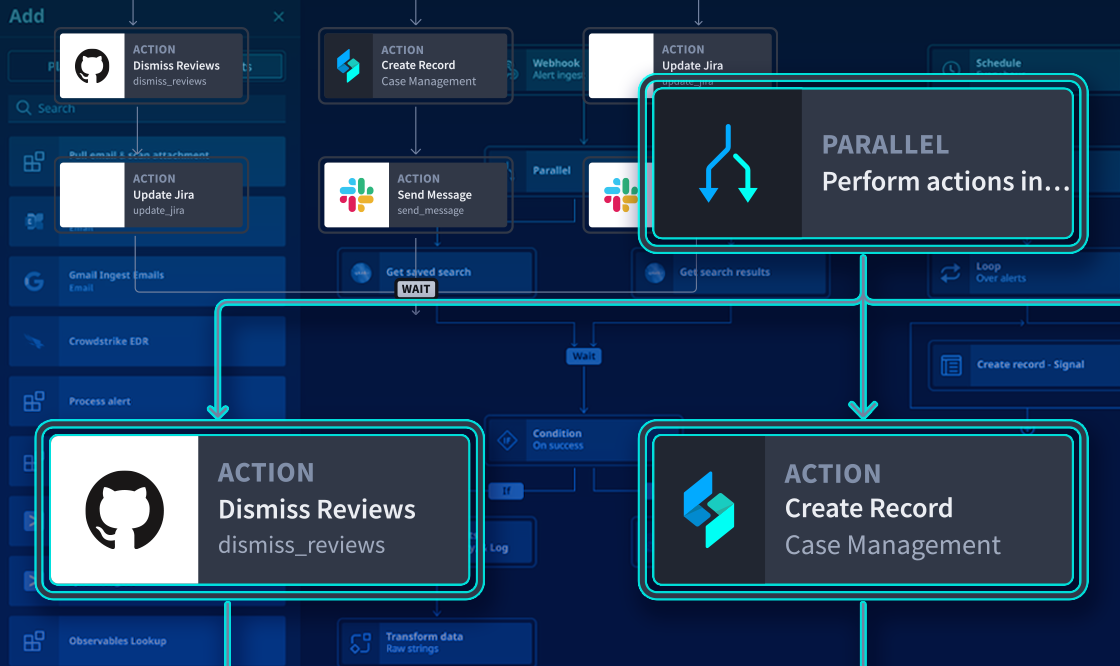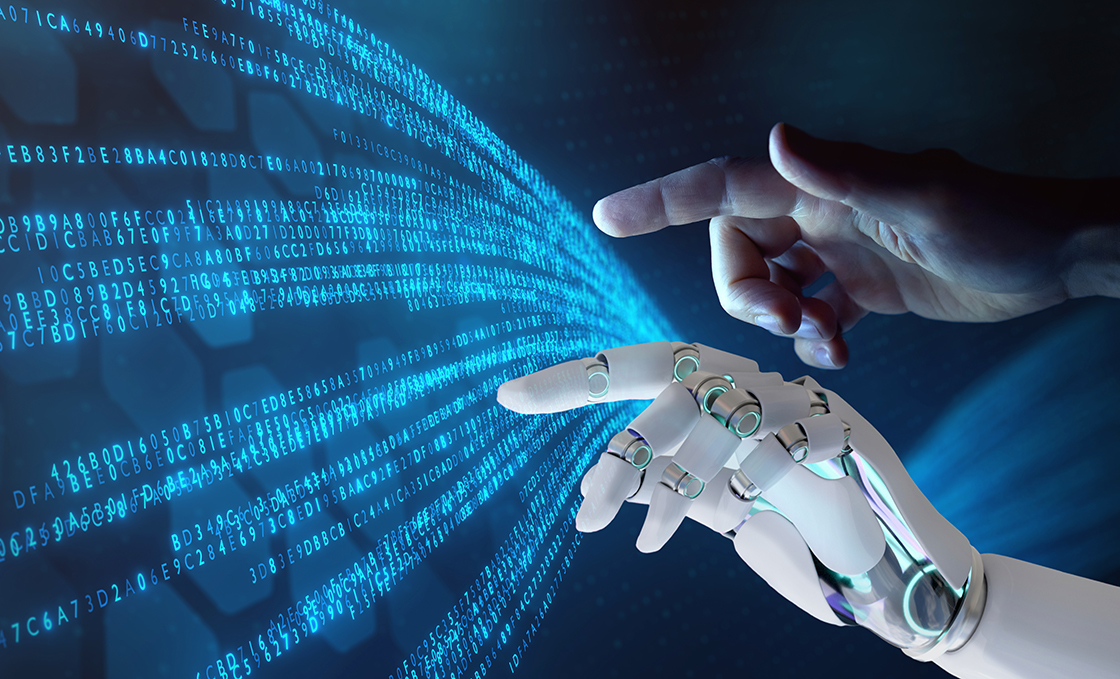In today’s rapidly evolving digital landscape, the intersection of Artificial Intelligence (AI) and cybersecurity is generating both opportunities and concerns. As AI technologies advance, many wonder, “How will AI affect cybersecurity jobs?” We’re going to take a look at the transformative impact of AI on the cybersecurity sector, exploring whether AI will serve as a tool for enhancement or a replacement for human roles. Let’s get into it.
Can AI Replace Cybersecurity Jobs?
Well, despite the rapid advancements in artificial intelligence and automation in cybersecurity, maintaining a human element in operations remains crucial. Human intuition and expertise play an indispensable role in interpreting and responding to the nuances of cyber threats that AI might overlook. Human SOC analysts can understand context, make ethical decisions, and think creatively to solve complex problems, which are capabilities that AI currently cannot replicate fully.
Moreover, cybersecurity professionals can provide oversight, ensuring AI systems function as intended and adapting strategies based on evolving threats. So, keeping the human element in cybersecurity not only enhances the effectiveness of threat detection and incident response but also ensures a balanced approach to ethical considerations and privacy concerns.
AI Impact on Cybersecurity Jobs
Reduced Manual Work and Simplified Processes
Despite common concerns, the integration of AI into cybersecurity processes is not about replacing human jobs but rather about simplifying and enhancing the roles of cybersecurity professionals. AI technologies are designed to automate routine tasks, analyze vast amounts of data for potential threats, and identify vulnerabilities at a speed and accuracy that humans alone cannot achieve.
More Specialized Human Roles
This symbiosis of expertise enables cybersecurity professionals to focus on more strategic, complex, and creative aspects of cybersecurity. As such, the demand for skilled individuals in cybersecurity is actually expected to continue growing, with a shift towards specialized roles that leverage both AI tools and human insight to fortify digital defenses against ever-evolving cyber threats.
How Does AI Simplify Cybersecurity Jobs?
Other than taking over repetitive, manual tasks, here are 9 ways AI and cybersecurity jobs can work together to create seamless, fast workflows within an organization’s Security Operations Center (SOC):
Enhanced Threat Detection Engineering:
AI systems can detect anomalies and analyze patterns and vast amounts of data to identify potential threats faster and more accurately than human analysts, improving crucial security metrics such as dwell time, Mean Time to Detect (MTTD), and Mean Time to Respond (MTTR).
Quicker Incident Response and Reporting
In the event of a detected threat, AI can automate incident response processes quicker, from initial analysis to containment and remediation, thereby reducing the time and resources it takes to mitigate threats. Dashboard reports are also populated in real-time with AI so that analysts can spend their time making decisions instead of gathering information manually, ultimately avoiding employee burnout.
Behavioral Analytics for Insider Threats
AI can monitor user behaviors within a network to identify unusual patterns that may indicate a security threat. This can help catch insider threats or compromised accounts that may go unnoticed within SecOps teams.
Enhanced Vulnerability Management
Instead of manually sifting through vast amounts of data to identify and assess the level of risk, AI can prioritize vulnerabilities based on the threat they pose to the organization. Automated vulnerability management rapidly considers factors like exploit availability, affected systems, and the potential impact of a breach.
Predictive Analytics
By analyzing patterns and trends from past cyber incidents, AI algorithms can forecast potential security breaches and threats, enabling organizations to proactively establish defenses against attacks and significantly reducing analysts’ potential workload.
Phishing Detection and Prevention
AI models can analyze emails for signs of phishing attempts, such as suspicious links or unusual sender information, to prevent phishing attacks more effectively than traditional methods and protect the organization’s employees.
Enforce Security Policies
AI can ensure that organizational policies are consistently applied across all systems, automatically detecting and rectifying violations to maintain a strong security posture.
Reduce False Positives
Utilizing AI can improve the accuracy of threat detection systems, which can lead to a substantial reduction in the number of false positives—inaccurate alerts that, in the past, could consume considerable time and resources for security teams to investigate. With fewer false positives filtering through, SecOps can focus on genuine threats.
Customized Security Measures
AI can identify specific threats to an organization, such as physical security attacks, reputational damage, and fraud, and tailor measures accordingly, enhancing the effectiveness of the overall security strategy.
Challenges of Using AI in Cybersecurity
Now we know AI will not replace jobs and only aims to simplify tasks; it’s important to understand that integrating AI into cybersecurity operations still presents some challenges that only partnering with an advanced SOC vendor can help with:
- Data Quality and Availability: For AI to be effective, it requires access to vast amounts of high-quality data. Obtaining, storing, and managing this data while ensuring privacy and compliance can be difficult.
- Integration with Existing Systems: Many organizations already have cybersecurity systems in place. Integrating AI into these existing infrastructures without causing disruptions can be complex and costly.
- A New Skills Gap: The sophisticated nature of AI in cybersecurity demands a workforce with specialized skills. However, there’s a noticeable gap in professionals who are proficient in both cybersecurity and AI.
- False Positives and Negatives: Unadvanced AI systems can sometimes generate false positives (flagging benign activities as threats) and false negatives (missing actual threats). Balancing sensitivity and specificity is a significant challenge.
- Ethical and Privacy Concerns: Implementing AI in cybersecurity operations raises ethical questions, particularly surrounding privacy. Ensuring the AI respects user privacy and protects sensitive business data while effectively identifying threats is a delicate balance to maintain.
However, these will only present as challenges to your organization if you do not have the right solutions in place. Enter Swimlane Turbine.
Leverage the Power of AI in your Security with Swimlane Turbine
Swimlane makes merging AI and your human analysts simple. Hero AI is a groundbreaking collection of AI-enhanced innovations that combines human and machine intelligence to optimize SecOps workflows and maximize return on investment.
Swimlane Turbine’s proprietary and private LLM keeps your security data safe. Security data is too critical to be exposed to a public LLM. That’s why we’ve built our own proprietary and private LLM to be the foundation for all Turbine native Hero AI features that involve security data.
Swimlane Turbine is set to revolutionize SecOps by automating and optimizing processes for organizations of all sizes. Whether it’s traditional SOAR use cases, SOC automation, or more unique workflows like compliance, vulnerability management, or fraud prevention, Turbine simplifies and streamlines automation. Get ready to enhance efficiency and effectiveness in every aspect of your security operations.

Request a demo
If you haven’t had the chance to explore Swimlane Turbine yet, request a demo.


